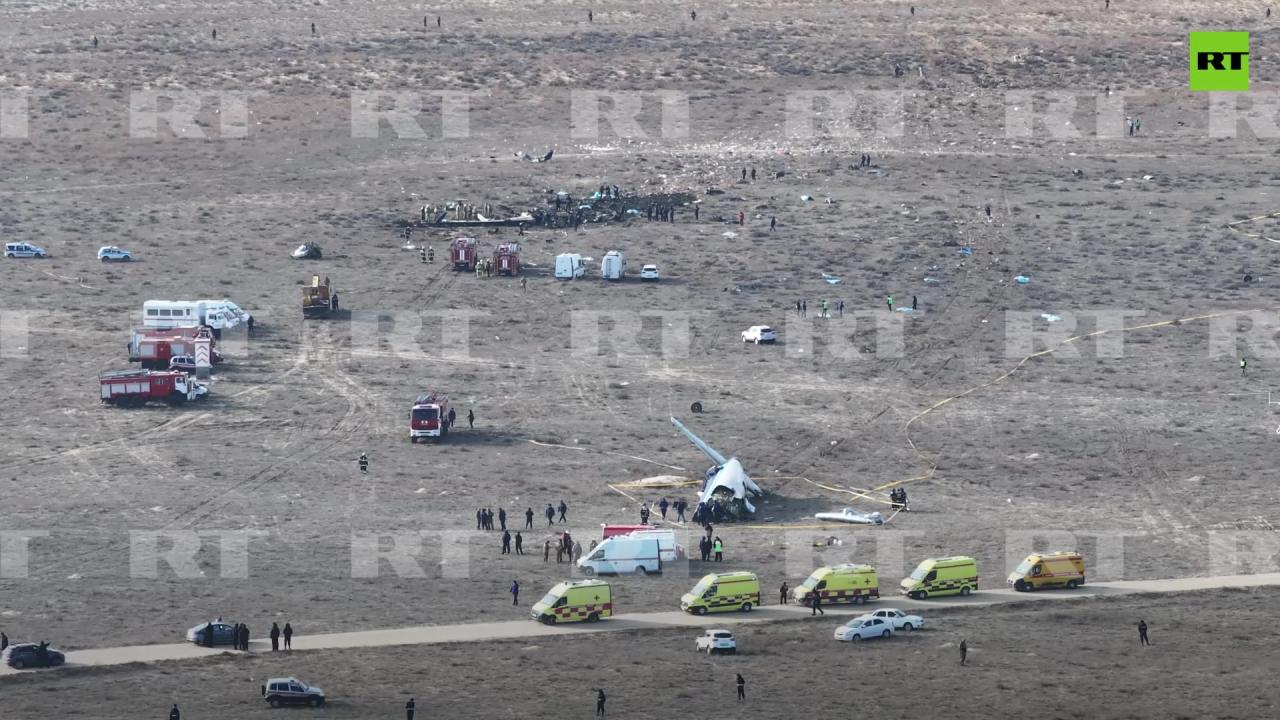Drone crash: These two words can instantly conjure images of mangled rotors, broken frames, and potentially costly repairs. But understanding why drones crash is crucial for both hobbyists and professionals. This guide dives into the common causes of drone crashes – from mechanical failures and software glitches to pilot error and environmental factors – offering practical tips for prevention and outlining the steps to take after a mishap.
We’ll explore the various ways a drone can meet an untimely end, examining real-world scenarios and analyzing the data collected after a crash. We’ll also discuss the legal implications and provide a step-by-step guide to recovery and damage assessment. Whether you’re a seasoned drone pilot or just starting out, this information is vital for ensuring safe and successful flights.
Drone Crash Causes
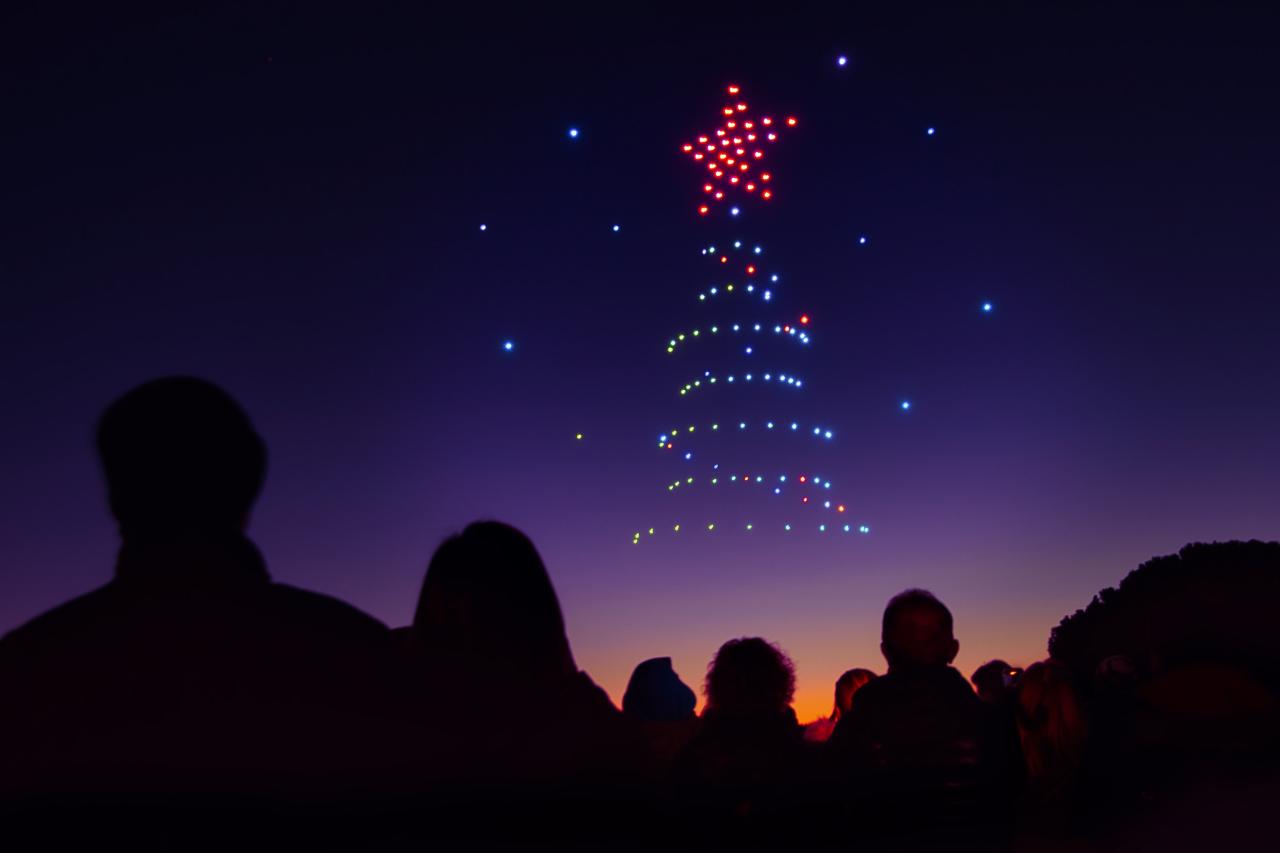
Understanding why drones crash is crucial for improving safety and preventing future incidents. Several factors contribute to drone accidents, ranging from mechanical issues to pilot error and environmental conditions. Let’s examine the most common causes.
Drone crashes can be frustrating, especially if you suspect interference is to blame. A common culprit is conflicting Wi-Fi signals, so before troubleshooting your drone, it’s crucial to know what frequency band you’re on; check this by following the simple steps outlined in this guide on how to check your wifi ghz on iphone. Knowing your Wi-Fi GHz can help pinpoint interference and prevent future drone crashes.
Mechanical Failures
Mechanical failures are a significant contributor to drone crashes. These failures can include motor malfunctions, propeller damage, battery issues (sudden power loss, overheating, or low voltage), gimbal problems, and structural weaknesses. Regular maintenance, including visual inspections and component replacements as needed, significantly reduces the likelihood of these failures.
Software Glitches
Software glitches, bugs, or firmware inconsistencies can lead to unexpected drone behavior and crashes. Issues with flight control algorithms, GPS reception problems, and sensor malfunctions can all contribute. Keeping your drone’s firmware updated is essential, and understanding the drone’s fail-safe mechanisms is vital.
Human Error
Human error, often the leading cause of drone crashes, encompasses a range of factors including inadequate pilot training, poor judgment, neglecting pre-flight checks, and operating beyond the drone’s capabilities (flying in adverse weather or exceeding the maximum flight time). Responsible drone operation demands careful planning and adherence to safety guidelines.
Environmental Factors
Environmental factors such as strong winds, heavy rain, extreme temperatures (both hot and cold), and even unexpected obstacles can significantly impact drone stability and flight performance, leading to crashes. Understanding the limitations of your drone in various conditions is crucial for safe operation.
Drone Crash Causes Comparison
| Cause | Frequency | Description | Mitigation |
|---|---|---|---|
| Mechanical Failure | High (varies by drone model and maintenance) | Motor, propeller, battery, or structural failure. | Regular maintenance, pre-flight checks. |
| Software Glitch | Moderate (dependent on firmware and software updates) | Flight control errors, GPS issues, sensor malfunctions. | Firmware updates, fail-safe mechanisms. |
| Human Error | High (most common cause) | Pilot skill, improper operation, negligence. | Proper training, pre-flight checks, adherence to guidelines. |
| Environmental Factors | Moderate (dependent on weather conditions) | Strong winds, rain, extreme temperatures. | Careful weather monitoring, avoiding adverse conditions. |
Drone Crash Prevention
Preventing drone crashes requires a multifaceted approach combining proactive maintenance, thorough pre-flight checks, and responsible piloting practices. Let’s delve into specific preventative measures.
Preventative Measures for Mechanical Failures
Regular maintenance is key. This includes visually inspecting propellers, motors, and the drone’s body for any signs of damage or wear. Batteries should be regularly checked for swelling, damage, or low capacity. A scheduled maintenance log can help track these checks and ensure timely replacements.
Pre-Flight Check Procedure
- Visually inspect the drone for any physical damage.
- Check the battery level and ensure it is fully charged.
- Inspect propellers for damage or wear.
- Verify GPS signal strength and accuracy.
- Calibrate the drone’s sensors (if necessary).
- Perform a short test hover to confirm stability.
Mitigating Software Issues
Always keep your drone’s firmware updated to the latest version. This often includes bug fixes and improvements to stability and performance. Familiarize yourself with the drone’s fail-safe mechanisms, such as automatic return-to-home (RTH) functionality.
Pilot Operational Safety Checklist
- Check weather conditions before flight.
- Choose a safe and appropriate flight location.
- Maintain visual line of sight with the drone.
- Respect airspace regulations.
- Avoid flying near obstacles or people.
- Never fly beyond your skill level.
Best Practices for Challenging Environments
Avoid flying in strong winds or heavy rain. If flying in extreme temperatures, consider the impact on battery performance and flight time. Always have a backup plan in case of unexpected issues, such as a pre-determined landing zone.
Drone Crash Impact & Response
The consequences of a drone crash can vary significantly depending on the location, the damage caused, and the involved parties. Understanding these impacts and having a clear response plan is crucial.
Consequences of Drone Crashes
In urban areas, a drone crash could cause damage to property, injure people, or disrupt traffic. In rural areas, the impact might be less severe but could still involve damage to crops or wildlife. Near infrastructure, a crash could cause significant damage to power lines, communication towers, or other critical equipment.
Drone crashes are a bummer, especially when you’ve invested in a pricey model. To avoid that heartbreak, consider doing your research before buying, maybe checking out what’s considered a good deal at places like best buy drone retailers for reliable options. Proper maintenance and safe flying practices are key to preventing those frustrating drone crashes.
Drone Recovery and Damage Assessment
After a crash, carefully recover the drone, taking precautions to avoid further damage. Assess the extent of the damage, documenting any broken parts or malfunctioning components. Take photographs and videos of the damage and the crash site.
Drone crashes can be a real headache, especially if you’re relying on the data they collect. Troubleshooting can be tricky, and sometimes you need to check if other services are working correctly – for example, if you’re using AI for analysis, you might want to quickly check is chatgpt down before diving deeper. Once you’ve ruled out external issues, you can focus on the drone itself and its potential problems.
Legal and Regulatory Ramifications
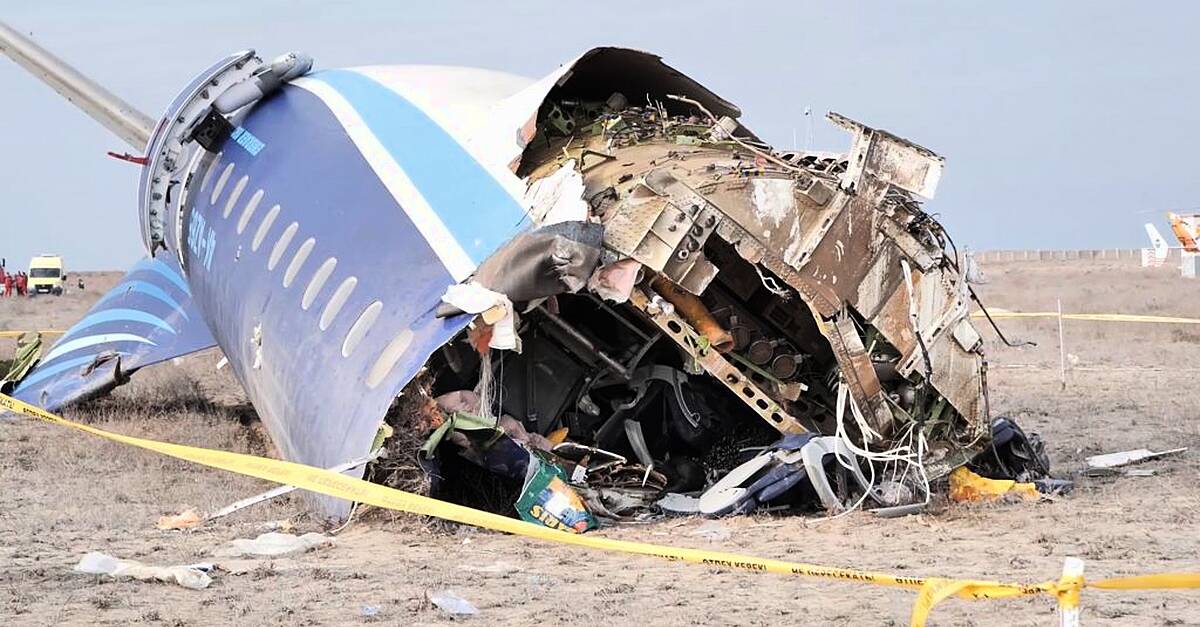
Drone crashes may have legal consequences, especially if they result in property damage or injury. Reporting requirements vary by location, but it’s essential to comply with all applicable regulations. This might involve contacting local authorities or aviation agencies.
Damage Assessment and Repair Methods
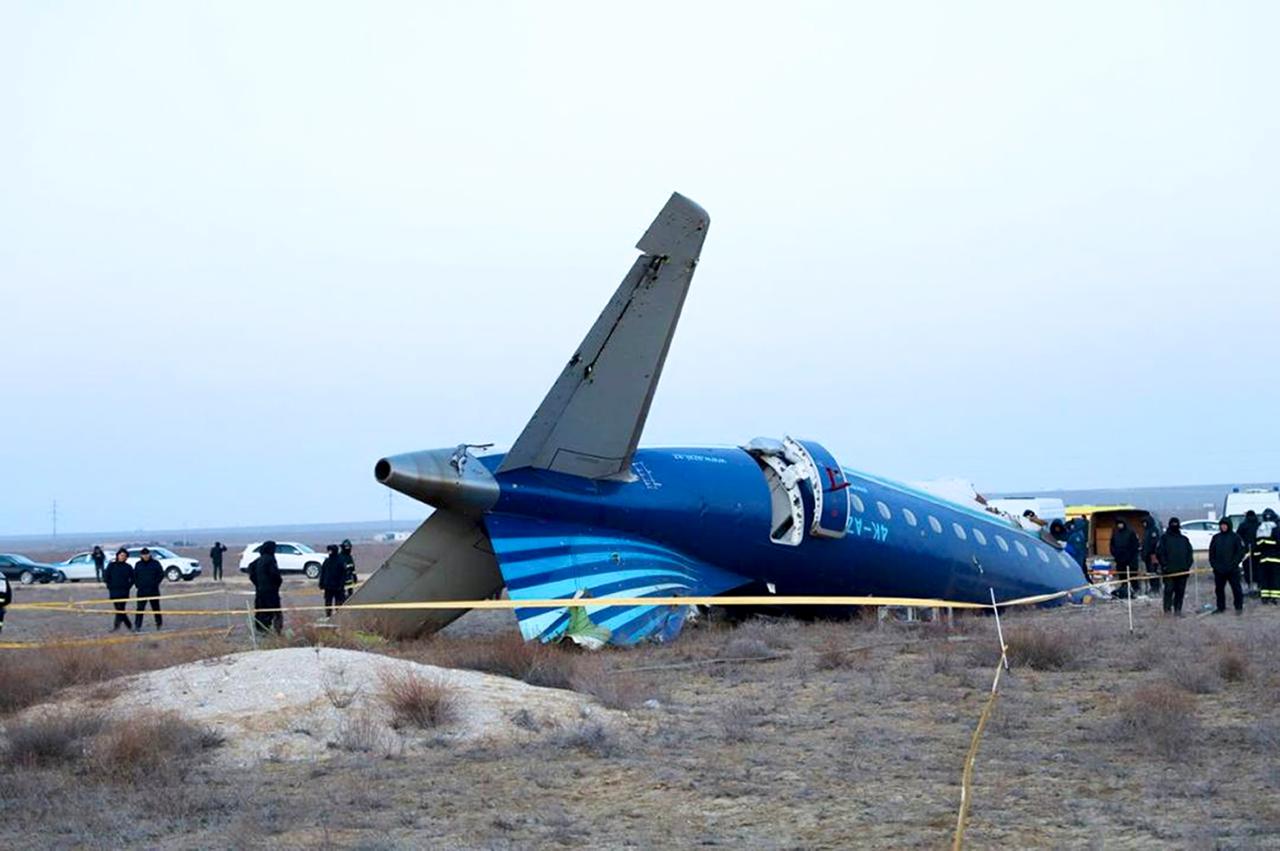
Damage assessment can involve visual inspection, testing of components, and potentially more detailed analysis using specialized tools. Repair methods range from simple fixes (replacing propellers) to complex repairs requiring specialized knowledge and equipment. Some repairs may be cost-prohibitive, necessitating replacement.
Post-Crash Procedure Flowchart
A flowchart would visually represent the steps: 1. Secure the area; 2. Assess injuries; 3. Document the crash site; 4. Recover the drone; 5.
Assess damage; 6. Contact authorities (if necessary); 7. Initiate repairs or replacement; 8. Review flight logs and data; 9. Report the incident (if required).
Drone Crash Data & Analysis
Data collected after a drone crash provides valuable insights for improving safety and preventing future incidents. This data can be used to identify patterns, improve drone designs, and enhance safety protocols.
Types of Data Collected
Typically collected data includes flight logs (time, location, altitude, speed, battery level), video footage from the drone’s camera, and any witness statements. Sensor data from the drone’s IMU (Inertial Measurement Unit), GPS, and other sensors can also be analyzed.
Data Organization and Presentation, Drone crash
Data should be organized in a structured format, such as a spreadsheet or database. Visualizations, such as graphs and charts showing flight paths, sensor readings over time, and frequency of specific error codes, can effectively highlight patterns and trends.
Data Use for Improvement
Analyzing crash data can reveal recurring patterns, leading to improvements in drone design, software algorithms, and safety protocols. For example, frequent crashes due to specific weather conditions might lead to improved weather detection systems or revised flight recommendations.
Illustrative Examples of Drone Crashes
Let’s examine some scenarios to illustrate the diverse causes and consequences of drone crashes.
Sudden Power Failure
A drone experienced a sudden power failure mid-flight due to a faulty battery. The drone lost altitude rapidly and crashed into a field, resulting in minor propeller damage and a damaged battery. The pilot was unable to initiate the return-to-home function due to the rapid power loss.
Strong Winds
A drone was flown in unexpectedly strong winds. The pilot struggled to maintain control, and the drone was blown off course, eventually colliding with a tree. The impact caused significant damage to the drone’s frame and propellers. The pilot’s decision to fly in high winds contributed significantly to the crash.
Software Malfunction
A software glitch caused the drone’s flight controller to malfunction, resulting in erratic flight behavior. The drone began to spin uncontrollably and crashed into a nearby building, causing minor damage to the drone and the building’s exterior.
Obstacle Collision
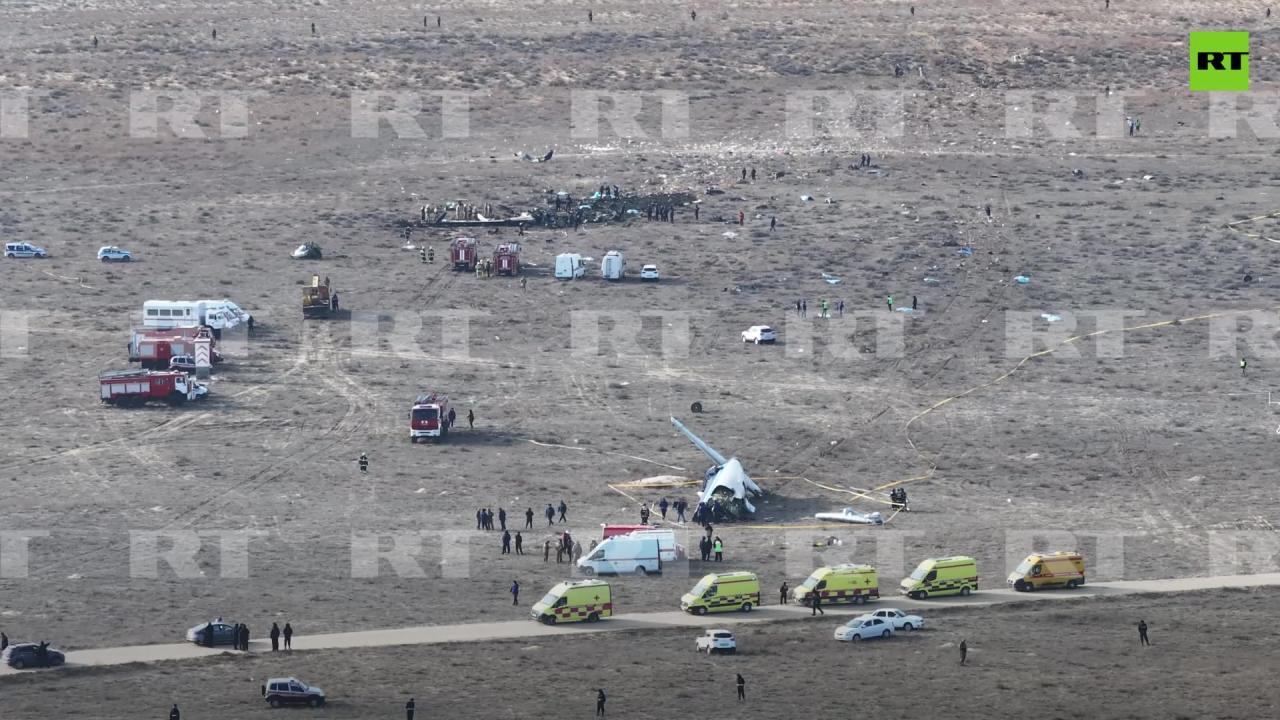
A drone collided with a power line while the pilot was distracted and not maintaining visual line of sight. The impact resulted in significant damage to the drone and a power outage in the surrounding area. The incident highlighted the importance of maintaining awareness and visual contact.
Key Differences in Crash Examples
- Sudden Power Failure: Mechanical failure (battery), lack of RTH functionality.
- Strong Winds: Environmental factor (wind), pilot error (flying in unsuitable conditions).
- Software Malfunction: Software glitch, lack of fail-safe mechanisms.
- Obstacle Collision: Pilot error (loss of visual contact), inadequate situational awareness.
Conclusion
Ultimately, preventing drone crashes requires a multifaceted approach. Regular maintenance, thorough pre-flight checks, adherence to safe operating procedures, and awareness of environmental conditions are all essential. By understanding the common causes of crashes and learning from past incidents, we can significantly reduce the risk and ensure that our drones stay airborne. Remember, responsible drone operation is key to enjoying this exciting technology safely.
FAQ
What should I do immediately after a drone crash?
Ensure your safety first. Assess the damage, secure the area, and then contact relevant authorities if necessary (especially if there’s property damage or injury).
How often should I perform maintenance on my drone?
Consult your drone’s manual for specific recommendations. Generally, regular inspections and cleaning, along with periodic component replacements (e.g., propellers), are essential.
Is drone insurance necessary?
It’s highly recommended, especially for commercial use. Insurance can cover damage to your drone, property damage caused by your drone, and even potential liability.
What are the legal consequences of flying a drone irresponsibly and causing a crash?
Consequences vary by location but can include hefty fines, license suspension, or even criminal charges depending on the severity of the incident and any resulting damage or injuries.
